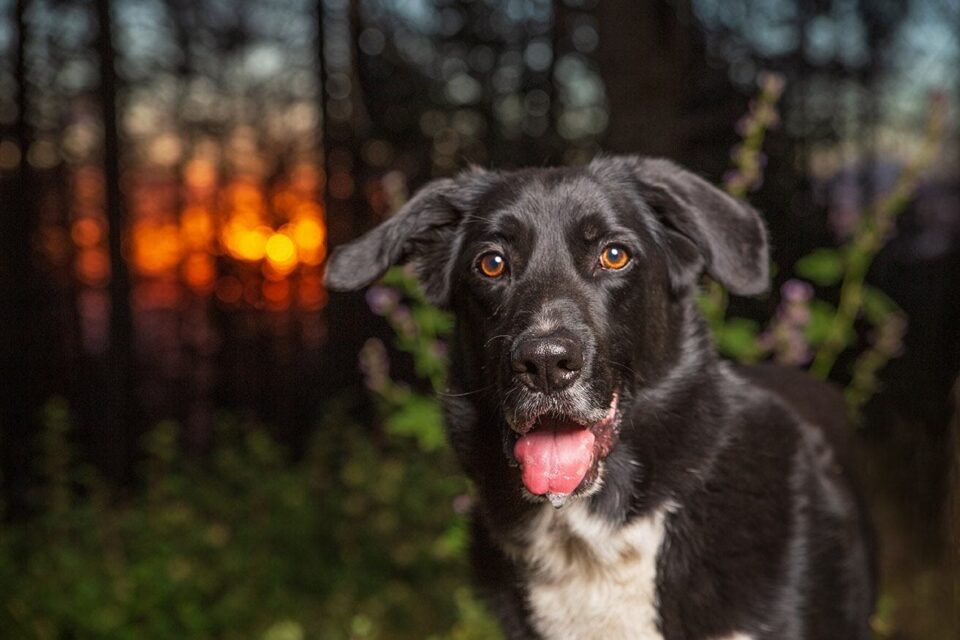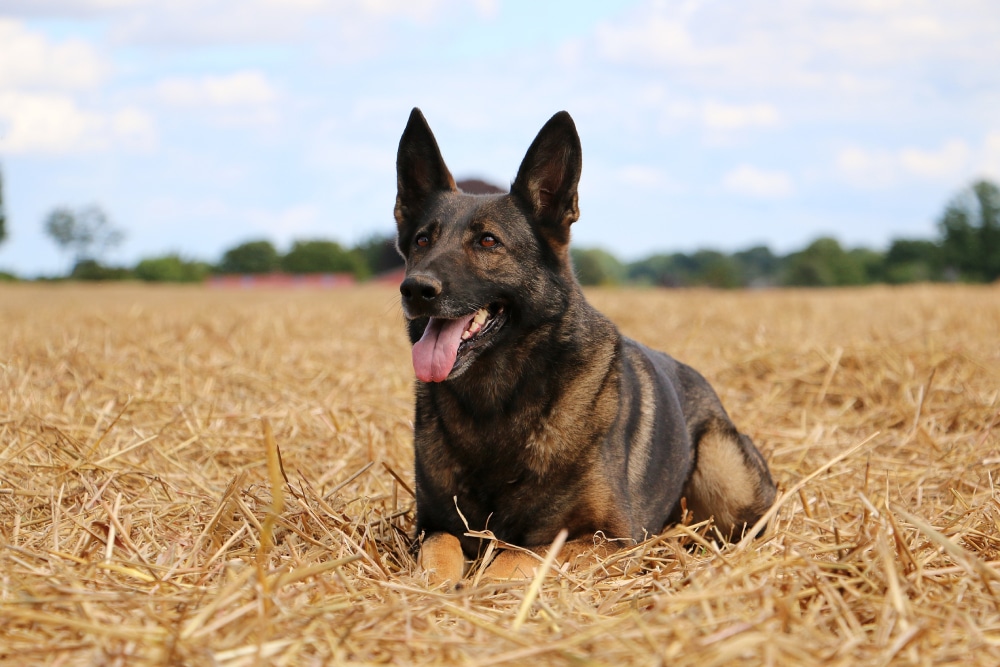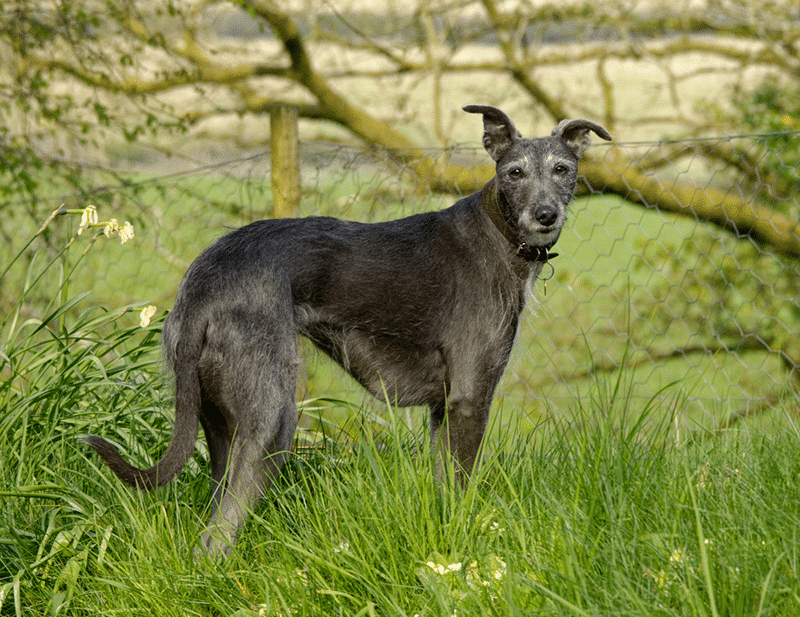Training a deaf dog might sound challenging, but it’s totally doable with the right approach.
- Start by finding ways to effectively capture your dog’s attention before diving into training sessions.
- It’s important to help your dog become comfortable with touch to avoid startling them.
- Positive reinforcement is your best friend—focus on treats and physical affection.
- Hand signals can be a game-changer, acting as a substitute for verbal commands.
So, you’re trying to train your deaf dog and wondering how to get started? Finding the right way to grab their attention is your first step. You could try using a flashlight, gently touching them, or even a vibrating collar. Just remember, every time your pup looks at you, give them a treat. Consistency is key!
Deaf dogs, especially those who lose their hearing later in life, might be startled by unexpected touches. That’s where desensitizing to touch comes in. Start by gently touching them and rewarding them with a treat each time. Gradually move further away, continuing the process—it helps them stay calm when touched.
Forget verbal praise for now; positive reinforcement with treats works wonders. Use more treats in the early days, but adjust their meals accordingly to keep their diet balanced. Find out what rewards motivate them, like playtime or a favorite toy. Your dog will soon connect the dots between actions and rewards, repeating the behaviors you love.
Hand signals should be top of your list when training a deaf dog. You can learn standard signals or make up your own—whatever works best for you and your dog. Using signals consistently replaces the need for verbal commands, and works wonders if paired with sign language for clear communication.
Luring your deaf dog with treats is another effective tactic. For example, hold a treat and move it over their head to encourage them to sit. Once they do, acknowledge it with a thumbs-up or a pointer signal. This simple yet effective trick can be adapted for various commands.
Consider the capturing technique—it’s like taking a snapshot of behaviors you want them to repeat. For instance, if they’re lying down, use a hand signal and reward them with a treat. With patience and repetition, your dog associates the signal with the action.
Checking in with your dog involves a gentle process of startle training. Start by touching them softly while they’re awake, moving on to placing a hand in front of their nose as they wake up. Gradually, this helps in minimizing startled reactions.
You might find yourself learning alongside your dog. Matter of fact, it’s good to say those commands out loud because it helps keep your body language natural. Patience, love, and consistency will surprise you with what your deaf dog can achieve.
Training a deaf dog might require some extra steps, but with patience and the right techniques, success is within reach.










